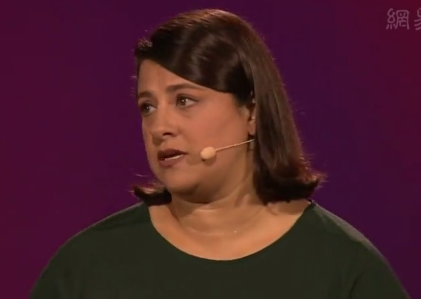Now, it seemed that it shouldn't be so complicated to design a doctor's visit around what people actually need to be healthy.
现在,看起来设计个医生的访问去了解人们要保持健康需要什么并不复杂。
So I created Health Leads, an organization enabling thousands of physicians and other caregivers to ask their patients,
所以我创建了健康领导者,用这个组织让成千上万的医生和其他护理人员去询问他们病人,
"What do you need to be healthy?" and then prescribe those things
“你需要什么来保持健康?”然后给他们开这些东西
fruits and vegetables, heat in the winter, electricity to refrigerate their medication
水果和蔬菜,冬天供暖,制冷保鲜药物的电力,
and we then navigated patients to those resources in their communities. The model works.
然后我们引导病人到他们社区的这些资源。这个模式有效。
A Mass General Hospital study found that navigating patients to essential resources is associated with improvements in blood pressure and cholesterol
麻省总医院的一项研究发现,将病人引导到必要的资源与血压和胆固醇水平的改善相关,
levels similar to introducing a new drug, but without all the side effects.
相当于引入新药物的效果,而且没有任何副作用。
So two decades later, what's changed?
那么20年后,什么改变了?

It's now widely recognized that just 20 percent of health outcomes are tied to medical care,
现在人们普遍认为只有20%的健康结果跟医疗保健相关,
whereas up to 70 percent are tied to healthy behaviors and what's called the social determinants of health
而高达70%与健康行为和被称为社会决定因素联系在一起,
basically, everything that happens to us for that vast majority of time when we're not in the doctor's office or the hospital.
基本上,我们绝大多数时间发生的一切都不在医生的办公室或者医院中。
Health care executives now routinely remind us that our zip code matters more than our genetic code.
卫生保健主管们现在经常提醒我们,我们的邮政编码比我们的遗传密码更重要。
And one health care publication even recently had the audacity to describe the social determinants of health as "the feel-good buzzword of the year."
最近有一份卫生保健出版物大胆地将健康的社会决定因素描述为“年度让人感觉良好的流行词”。



